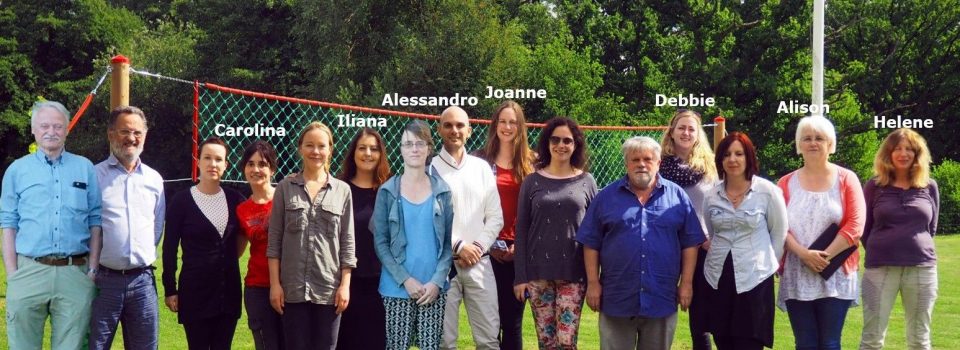Chilean woman attends to a marine microalgae course of Denmark
August 25th, 2016
María José Calderon
María José Calderón Nash: is a marine biologist of Instituto de Fomento Pesquero (IFOP) with experience in pelagic trophic web, carbon flux, and ecophysiology. Her work is focused on phytoplankton, with emphasis on harmful species. She participates in the management and monitoring program of red tides in the regions of Los Lagos, Aysen and Magallanes (X Stage) 2016-17.
Between 7 and 18 August, in the Science and Communication Centre on Harmful Algae, Department of Biology, University of Copenhagen, at Denmark, training course on classification and identification of harmful marine microalgae was carried out. The course includes 90 hours of teaching and is divided into two parts, each one covering 45 hours of instruction. The first part of the course is a theoretical program, while the second part is a practical workshop on species identification. At the end of the activity, an examination is taken on species identification.
Maria Jose explained “the course deals with classification of harmful marine algae in different taxonomic groups, some generalities about the same groups, with special stress on toxic species. Criteria that have been used and are currently being utilized for identification, which is carried out by means of different tools, namely, the most used is transmitted light microscopy (normal -direct- or inverted) – nowadays, this is becoming necessary to be supplemented with other analyzes (electronic microscopy, molecular analysis, genetics, crops …)
For us, the importance of this course is to update the knowledge of improvements on characterization, how the perception or the distribution of some species has changed. Species name changes, or correction in the identification … because of mistakes in books currently in use, or advances in technology that have allowed perfecting the names terminology.
To compare what is learned with colleagues, bring them the progress that has been achieved, helps us to compare ourselves with colleagues worldwide, and ensure that we are doing the same by assigning names in the same way, so many monitoring programs are being carried out under the same patterns, and being capable of affirm that our records are as valid as those of colleagues in the rest of the world. “
